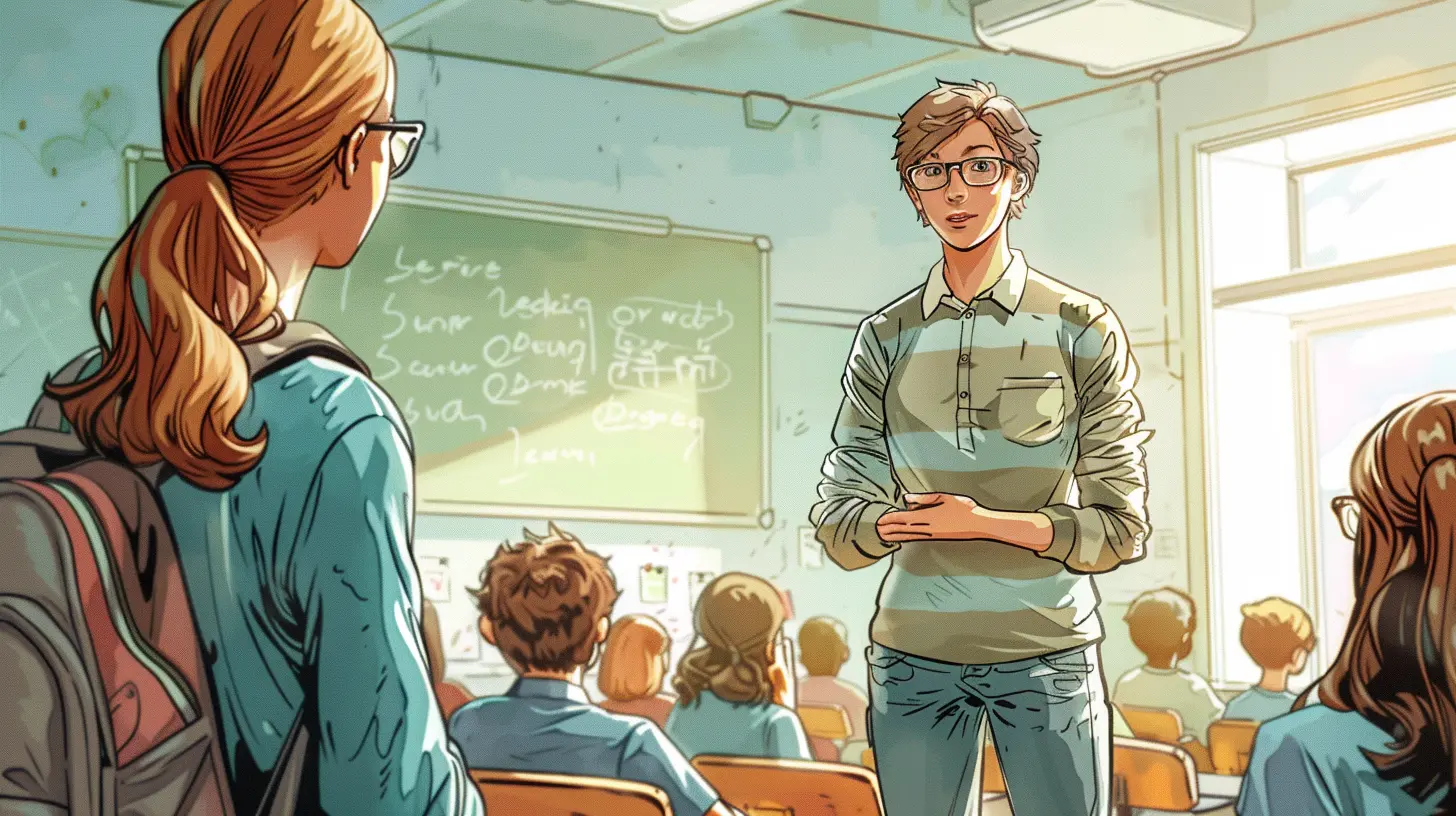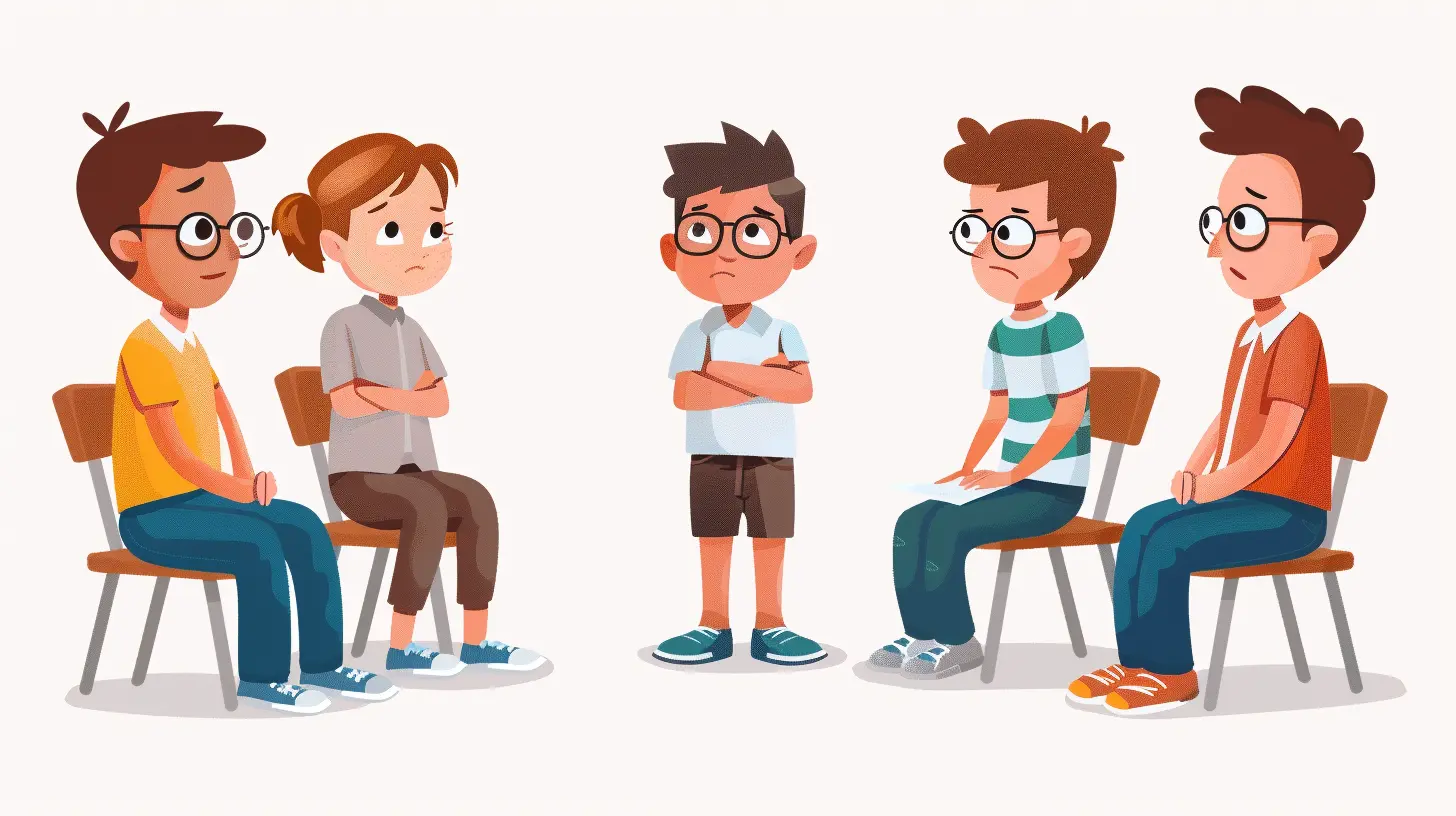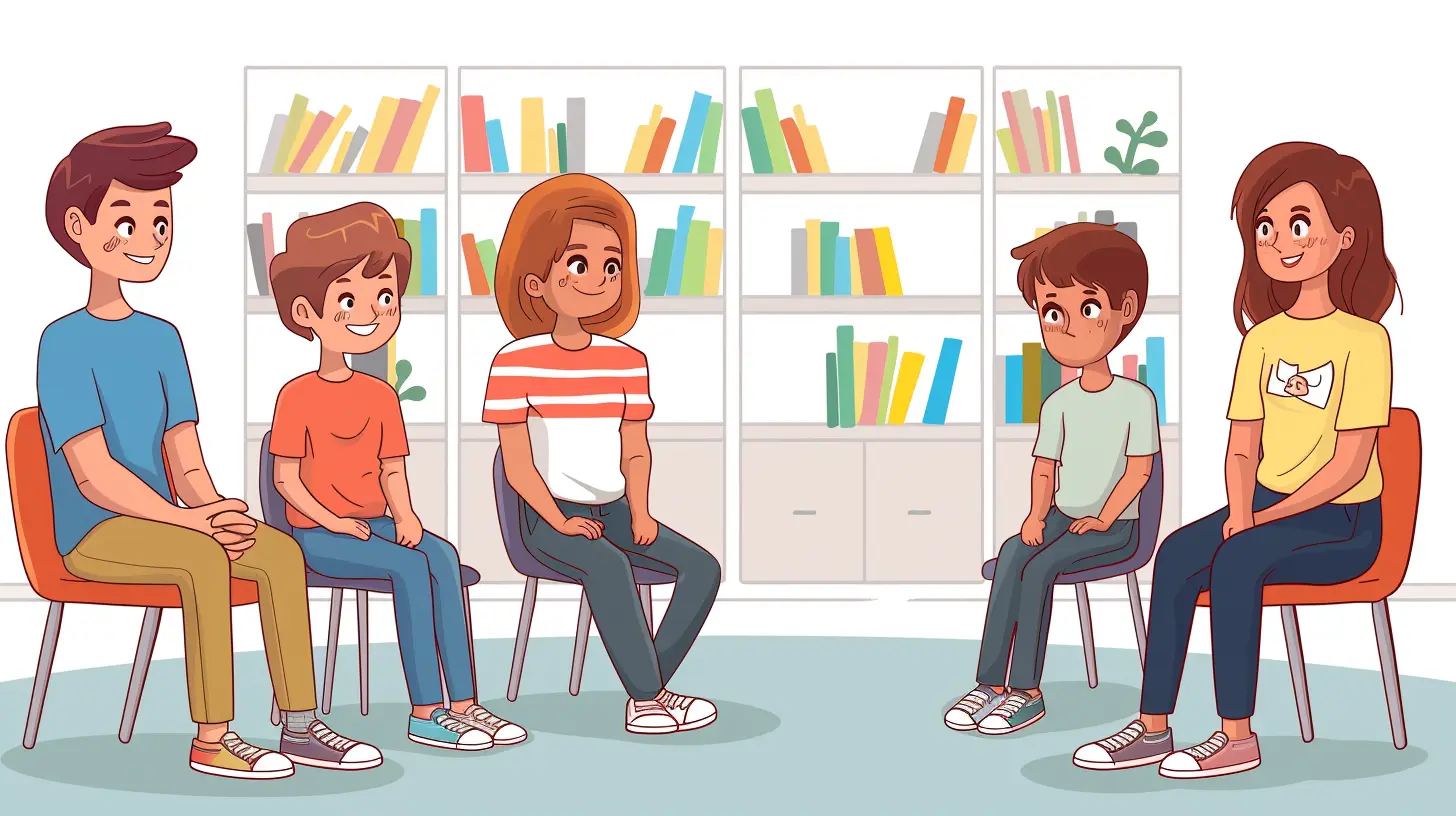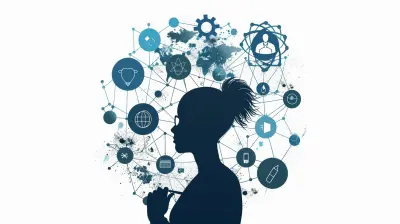How to Use Peer Mediation to Resolve Classroom Conflicts
24 September 2025
Ah, the classroom—the magical land where pencils break more often than friendships, and drama unfolds faster than you can say “pop quiz.” Whether it’s two students arguing over who stole whose eraser or a full-blown “he said, she said” saga, we all know conflict in the classroom is as natural as someone forgetting their homework... again.
But instead of unleashing the mighty wrath of detention slips or calling in the principal like it's a battle scene from an epic fantasy, what if I told you there’s a better way? Enter: Peer Mediation—a superhero-level conflict resolution method that not only saves your sanity but helps students grow actual social skills. Shocking, I know.
So, buckle up. Let's walk through the wonderfully bizarre world of peer mediation and how it can turn classroom chaos into calm (or at least organized chaos).
🎯 What Is Peer Mediation, Anyway?
Let’s break it down without the jargon. Peer mediation is where students help other students solve disputes. It’s like student council meets therapy session—with a dash of reality TV drama (but less throwing of chairs, hopefully).Instead of a teacher playing referee (or UN peacekeeper during recess), trained student mediators step in to guide the combatants—oops, I mean peers—through a peaceful resolution.
You’re basically turning everyday kids into mini-conflict ninjas. Cool, right?
🤯 Why Bother? Isn't Conflict Normal?
Oh, totally. Conflict is as normal in a classroom as someone asking, “Is this going to be on the test?” But just because it's common doesn’t mean we should just let it fester like a forgotten sandwich in a locker.Here’s what happens when you actually give students the tools to solve their problems:
- They develop empathy (crazy concept, huh?)
- They learn to listen (not just wait their turn to talk)
- They become more responsible for their actions
- Oh, and teachers get more time to actually teach
Win-win-win.
🛠️ How Does Peer Mediation Work? (Without It Turning Into A Soap Opera)
Let’s walk through the actual process. Spoiler alert: it’s not just sitting in a circle and holding hands. Though, hey, no shade if that helps.Step 1: Train the Mediators
Before we toss students into the fire of playground politics, they need training. Think of this as Jedi training—minus the lightsabers (for legal reasons, of course).Mediators are taught:
- How to stay neutral (good luck with that when their BFF is involved)
- How to listen without interrupting
- How to ask open-ended questions without sounding like a detective from a crime show
- How to encourage compromise without bribery
Step 2: Set the Scene
Not every broom closet counts as a “safe mediation space.” You want a quiet, neutral area where students can chat without distractions—or an audience of giggling classmates.Pro Tip: Give it a fancy name like “Peace Corner” or “Conflict Café” to make it sound Instagram-worthy.
Step 3: Lay Down the Ground Rules
Before diving into the drama, everyone agrees to:- Speak one at a time (yes, even when they’re dying to yell)
- No name-calling, eye-rolling, or dramatic sighing
- Keep it confidential (basically, what happens in mediation stays in mediation)
Step 4: Let the Students Talk It Out
Mediators guide the chat—not lead it like a courtroom judge. The idea is to gently coax both sides into seeing the horror of their ways (or at least acknowledge that maybe stealing someone's seat for the fourth time wasn’t super cool).Step 5: Find That Magical Compromise
Here’s the moment of truth: Can they find a solution that both sides can tolerate without needing therapy?If yes: hooray! Everyone signs a resolution agreement.
If no: well, at least they tried. You might still need adult intervention, but now it’s much less dramatic.
🙃 Common Conflicts That Peer Mediation Can Fix (Or At Least Help)
Let’s be real—some battles are better left to the Captain Americas of the staff. But most classroom spats? Peers can totally handle them.Here are a few classic cases:
- “He keeps copying my homework!”
- “She started a rumor about me!”
- “He always cuts in line during lunch!”
- “She took my marker and never gave it back!”
- “They won’t let me sit with them during group work!”
Sound familiar? Yeah, peer mediation is tailor-made for this kind of stuff.
🧠 The Psychology Behind It (Yeah, We're Going There)
Research shows that when kids resolve their own conflicts, they not only feel more empowered but also more accountable. It's like giving them the steering wheel in an emotional car—while hoping they don’t drive it into a tree.Plus, when students serve as mediators, they flex their empathy muscles, learn leadership, and prepare to navigate life as functioning adults (one can dream, right?).
🙄 But What If It Doesn’t Work?
Ah, the skeptic enters the room.Look, peer mediation isn’t a magic wand. It won’t fix everything. Some conflicts might be too complex or emotionally charged. And yes, some students may fake resolution just to get out of math class.
But even when it “fails,” it opens the door for dialogue. That’s still a win in the wild world of middle school emotions.
And hey, worst case? You gave students a chance to grow and practice humanity. That’s more than most pop quizzes ever achieved.
👩🏫 Tips for Teachers: Making Peer Mediation Not Totally Fall Apart
Worried about handing over the conflict reins to your students? Don’t worry, you’re still the wise wizard behind the curtain. Here are some survival strategies:- Choose mediators wisely. Look for kids who are fair, level-headed, and not just in it to boss others around.
- Train consistently. A one-time workshop won’t cut it. Keep the training flowing like a never-ending TikTok scroll.
- Normalize mediation in class culture. Put up posters. Mention it casually. Make it a “thing.”
- Debrief mediators. After a session, check in with them. They're still learning too.
- Celebrate wins. Even if they just prevented someone from throwing a crayon, that’s progress.
🧒 What Students Say (Yep, They Have Opinions)
Think kids just roll their eyes at peer mediation? Not always. Many report feeling more in control, more respected, and often relieved when they don’t have to hash it out in front of a crowd—or a teacher.Some even say, “It actually helped me understand the other person.” (Insert dramatic gasp here.)
🧩 Tailoring It to Your Classroom Vibe
Peer mediation isn’t one-size-fits-all. If your class is more “quiet readers” than “rowdy rebels,” maybe conflicts are rare—but they’re still there. Tweak the process to fit your vibe. Use role-plays, write scripts, or even gamify mediation with classroom points.Remember: it's not a cult. You're not forcing world peace. You're just nudging young humans toward being slightly more decent to each other.
😎 Real Talk: The Bigger Picture
Look, in a world that’s kinda, well... messy (to put it nicely), giving kids the tools to resolve conflict is borderline revolutionary.You’re not just teaching math or spelling—you’re shaping future roommates, coworkers, and in-laws. And let’s be honest, the world needs more people who can say, “Let’s talk this out” instead of “Unfollow and block.”
Peer mediation might not solve world hunger, but if it can stop a playground feud from turning into a week-long cold war, that’s a pretty solid start.
✨ Final Thoughts (Because I Know You’re Skimming At This Point)
So, should you use peer mediation in your classroom?Well, unless you enjoy breaking up pencil fights before your first coffee, then yes—absolutely.
It’s not perfect, but it’s powerful. It gives students voice, choice, and a little nudge toward emotional intelligence—something we all could use more of.
Plus, it's one less thing for you to referee. And let’s be real: you didn’t sign up to be Judge Judy with a whiteboard.
all images in this post were generated using AI tools
Category:
Classroom ManagementAuthor:

Bethany Hudson
Discussion
rate this article
1 comments
Clara Reyes
Embrace peer mediation! It's a fun way to build friendships and problem-solving skills while keeping the classroom peaceful!
October 4, 2025 at 4:56 AM

Bethany Hudson
Thank you for your insightful comment! Peer mediation truly fosters collaboration and strengthens friendships while promoting a harmonious classroom environment.


